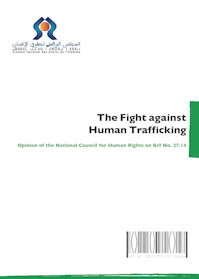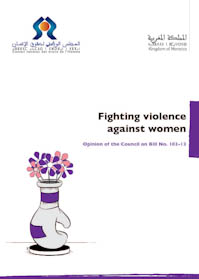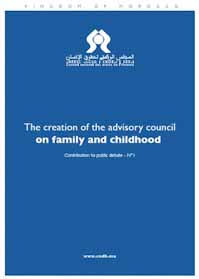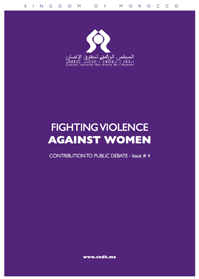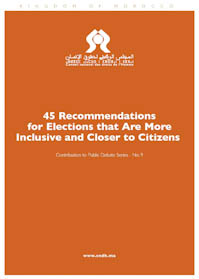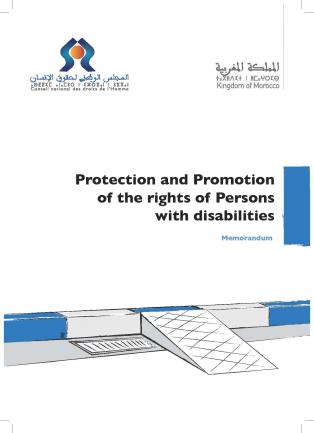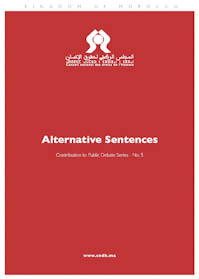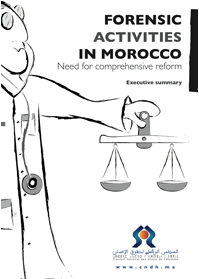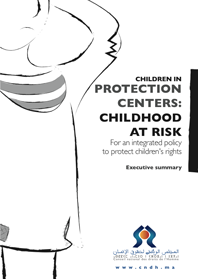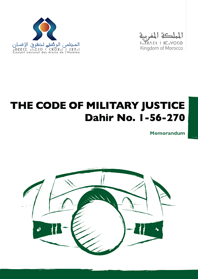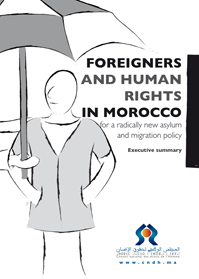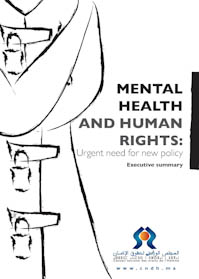RESEARCHER BADIAA NAHHAS: "PRESERVATION OF MEMORY REQUIRES A CREATIVE APPROACH THAT AVOIDS STRONG ATTACHMENT TO THE PAST"
Interview with Ms Badih Nahhas, a researcher at the Moroccan Center for Social Sciences, University of Hassan II-Casablanca
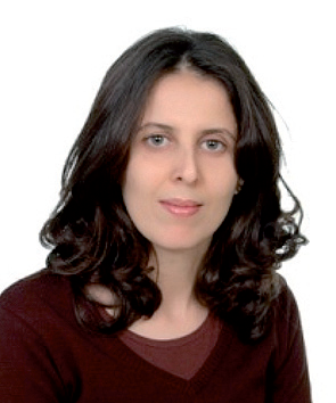
What’s the position of the memory of the Rif in the preservation process of collective memory at the national level?
The Rif is one of the regions that the Equity and Reconciliation Commission classified as community reparation areas. Within this framework, some associations have been working on memory preservation projects.
The peculiarity of the region lies in the fact that the population of the Rif always attracts attention to the fact that the region suffered from the past serious violations of human rights. Local associations have always called for projects that really meet the expectations of the region.
There is a painful memory here, an accumulation of tragic events. This region is marked by the strong attachment of its population to the peculiarity of local identity. They always call for respecting this identity.
That’s why reconciliation and reintegration of the regional memory of the Rif in the context of the national memory is a real challenge. It is still a long process.
How to preserve memory and transmit the values of reconciliation to the new generations?
I think that associations that work on memory and heritage are strongly attached to the past. They focus on the past more than the future. It may be a way to transmit values and enhance the heritage and history of the region. But I think we should leave the selective places and go to the general public. We need to simplify the concepts and adopt new pedagogical approaches.
In this context, what do you suggest in relation to the Museum of the Rif?
When adopting the creating-museums approach, sometimes we fall in this form of attachment to the past. We need to reconsider the relationship between memory and society. We should not reduce memory to a museum. Memory is not static. We should not consider it as part of a traditional museum, but rather a museum open and adapted to the reality, particularity and history of the region. We need to ensure the participation of civil society actors in this project.
Do you think that the idea of the museum is a form of consecration of reconciliation?
The debate on memory started in the 2000s, particularly with the creation of the Equity and Reconciliation Commission. After the submission of the Commission’s final report, voices began to question the value of reconciliation. Some says that the Rif didn’t have its place in the work of the IER. But I think we are beginning to go beyond this phase. If we engage in the preservation process of memory and heritage and in the creation of this museum, we will make a new step towards the consolidation of reconciliation.





